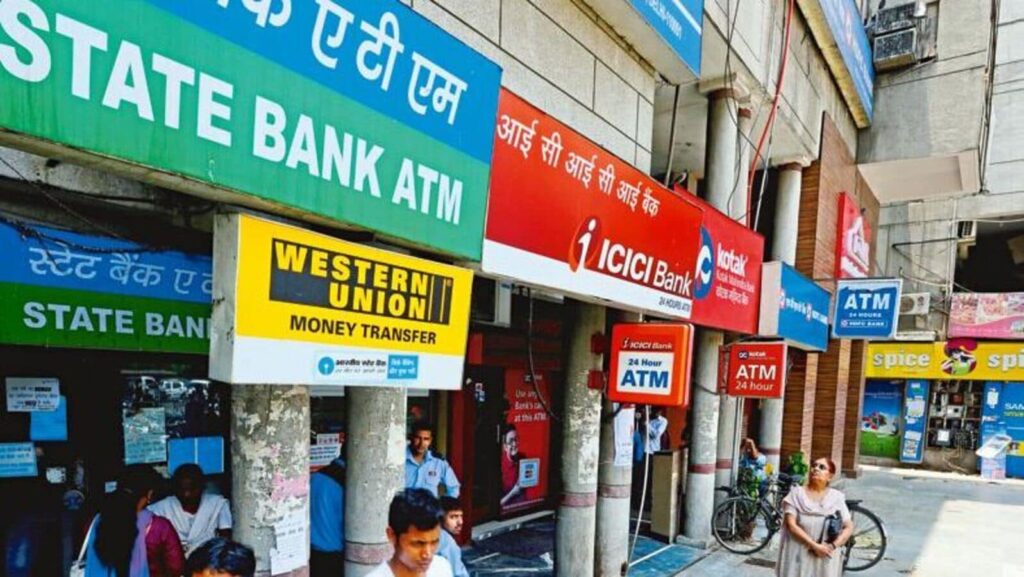As deposits gain pace, focus shifts to banks’ margins, asset quality in Q2

Usually, Q2 (July-September) financial results for banks are better than a typically slow Q1, but analysts this time around expect the quarter to be softer with “weaker undertones”. Annualized earnings growth for lenders is seen at around 10-12%, with private banks expected to grow 5-10% and state-run banks by 15-18% in the three months through September. Sequentially, core earnings growth is seen around 1.7-2%, as per estimates by analysts.
“We expect Q2FY25 to be characterized by NIM (net interest margin) strain with sustained funding cost pressures and impact of penal interest; softer loan growth (dull system loan growth) and below trend deposit growth; likely rise in slippages and undercurrent in unsecured and MFI (microfinance) segments will hold key; and subdued recovery trends,” Elara Capital said in a pre-earnings note, adding that net slippages and credit costs may rise for some banks.
Core earnings is a company’s profit from its main business operations—in a bank’s case it’s broadly the net interest income.
Public sector Bank of Maharashtra kickstarted the Q2 earnings season for banks on Tuesday, posting a net profit of ₹1,327 crore, up 44% from a year ago. Its advances rose 19%. Among larger lenders, Axis Bank is the first scheduled to declare its second-quarter results on 17 October.
Given the relatively stronger deposit growth, investor focus is seen shifting to margins and credit cost as banks battle softer growth, elevated deposit rates, and signs of stress in microfinance, credit cards and small-ticket loans.
Credit growth is seen moderating to 11-14% on an annualized basis whereas sequentially the growth is expected to be in a range of 2.7-5%. IDFC Bank and CSB Bank are seen leading in terms of loan growth, whereas HDFC Bank, Bank of Baroda, IndusInd Bank, State Bank of India and Karur Vysya Bank are seen lagging the industry average.
“The deceleration in credit growth is most likely primarily amongst the private sector banks as they aim to reduce their LDR (loan-to-deposit ratio) and maintain them at balance levels. We believe credit growth amongst public sector banks (PSBs) could continue to remain healthy as they remain better placed than their private banking peers,” said Axis Securities.
In comparison, deposits are expected to grow around 15% year-on-year in the September quarter and 3.8-4.4% over the preceding three months. Accordingly, margins are seen shrinking 2-10 bps for most banks on a sequential basis, analysts said.
“Credit growth has now come down to about 14% which is temporarily benefitting banks because they are anyway under pressure for deposits. But scramble for deposits will continue for at least 1-2 more months, especially because we’re entering the festival season and funding requirements for businesses will go up,” Deepak Jasani, head of retail research, HDFC Securities, told Mint. “As we don’t expect a fall in deposit rates soon, banks’ margins could shrink by 2-5 bps sequentially because lending rates have not risen in proportion with deposit rates.”
“Due to lag effect, rise in deposit cost is expected to outpace loan yields that have largely stabilized. However, the pace of NIM fall has slowed down,” PL Capital said in a note. It expects net interest income to grow at 3.3% on a quarterly basis compared with loan growth of 3.4%.
While fee income is seen growing during the quarter, it is likely to be offset by a rise in operating expenditure for most banks as they spend more on technology upgrade, regulatory compliance and human resources.
On the asset quality front, while slippages are expected to be steady, provisions and credit costs for banks are seen rising, weighing on overall profitability.
“The macro environment due to elevated interest rates has already caused some incipient build-up of stress but slippages should broadly stabilize at these levels. Sequential evolution of provisions would be a function of not only slippages but also of recoveries and upgrades and pre-existing provision buffers,” YES Securities said. It expects provisions to be significantly higher for Bank of Baroda and RBL Bank and slightly higher for DCB Bank and City Union Bank.
The biggest cause of concern this quarter will be banks’ microfinance portfolio. Banks had guided for an improvement in collection trends after the general elections, but trends continue to remain weak.
“We expect the seasonal agri stress experienced in Q1 to partially ease in Q2, primarily benefiting PSU banks and large private banks, excluding stress in Telangana (largely due to impact of the loan waiver) and Gujarat (due to the recent floods). However, stress in MFI space refuses to subside and could manifest via higher slippages/lower recoveries,” Emkay Global said in a note, adding that non-performing assets could be higher for MFI-heavy banks such as IndusInd, Ujjivan, RBL, AU and Bandhan.
Analysts said that another soft quarter due to slower growth and rising expectations of an early rate cut by the RBI potentially hurting margins could weigh on bank earnings and thus the stock performance. Some brokerages have trimmed earnings estimates for lenders such as IndusInd Bank, RBL Bank, Union Bank and IDFC Bank by 3-9% and the price targets on their stocks.
Large banks such as ICICI Bank and HDFC Bank continue to be the top stock picks, with most analysts saying that valuations for some mid-sized private and PSU banks seem stretched. State Bank of India and Indian Bank are the top choices among state-owned lenders.








